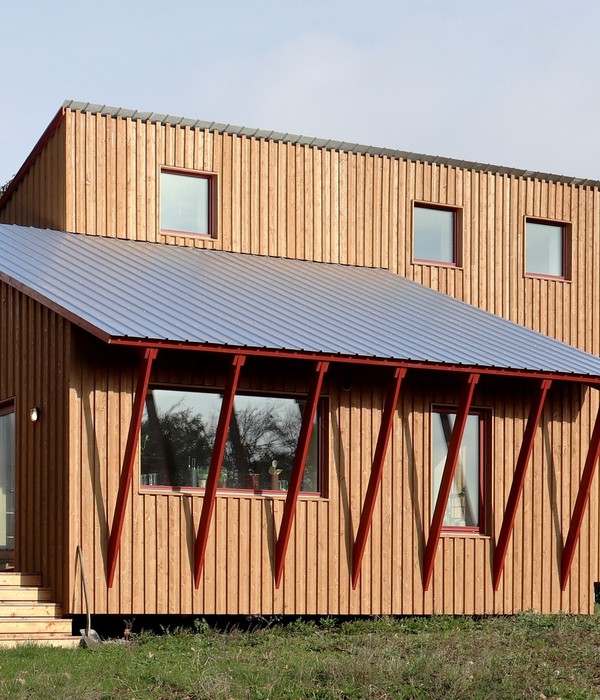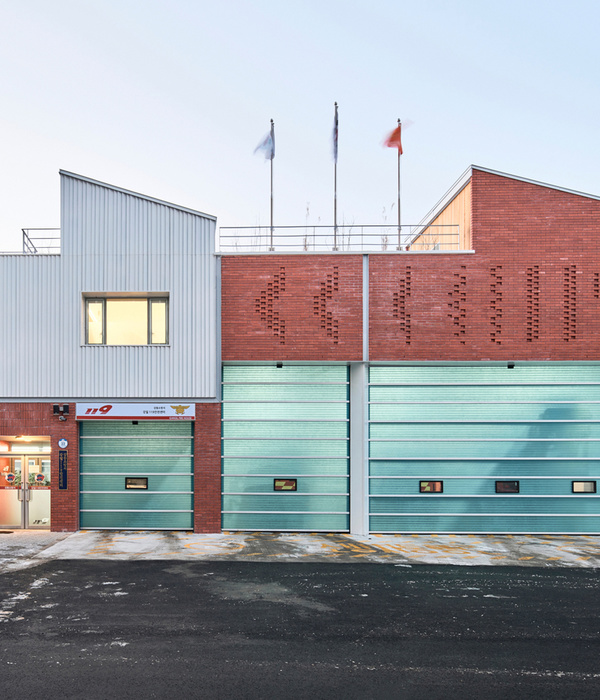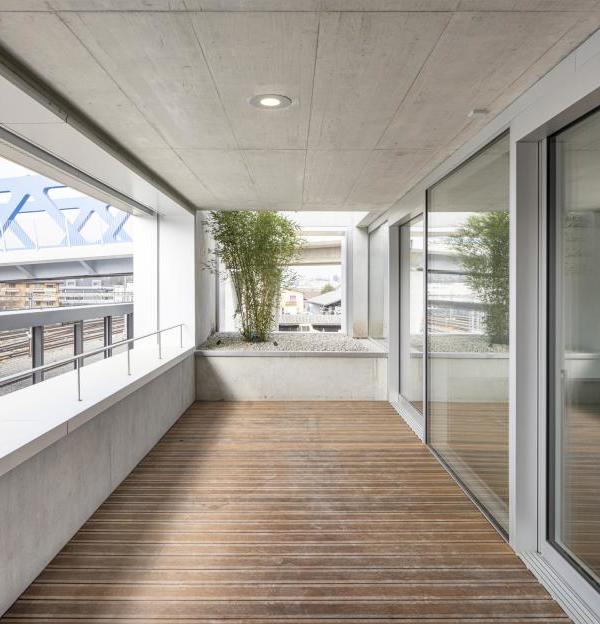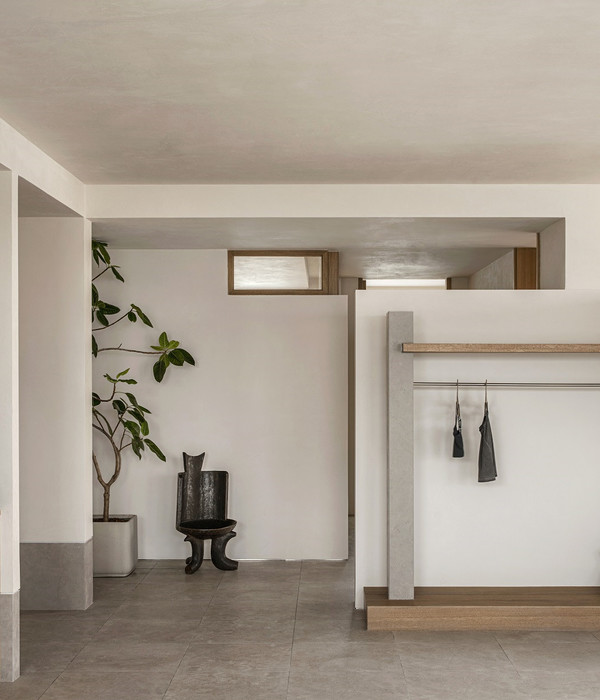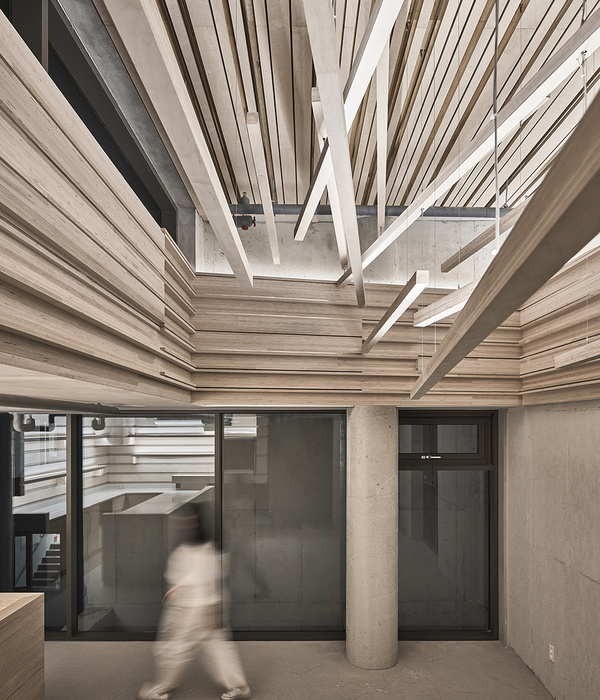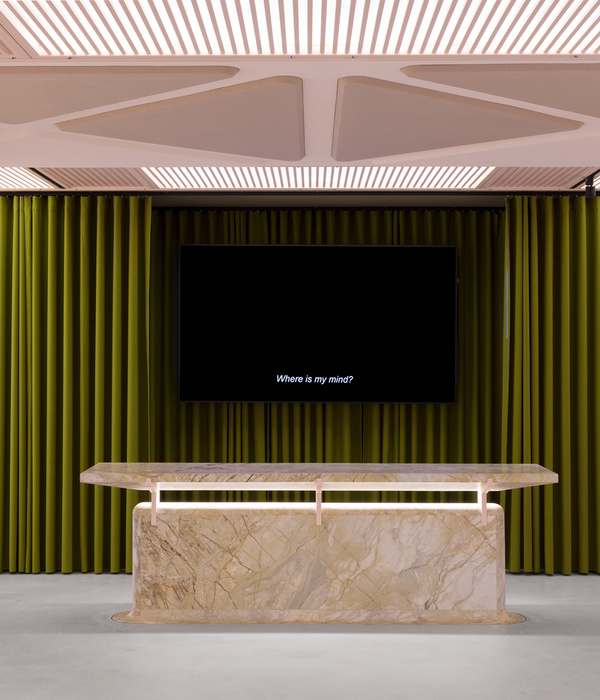英文名称:Brazil Morumbi Red chapel
位置:巴西
该项目位于巴西圣保罗市的Morumbi教堂,是由巴西著名艺术家Tatiana Blass完成的。设计团队利用相互交杂的红色羊毛线和红色地毯布置教堂,并将之命名为“Penelope”。教堂的外部小院和内部都挂上了红色的绸线,格外抢眼。据悉,该装置是设计师从古老的希腊神话中获得灵感的,Odysseus的妻子是Penelope,是荷马史诗奥德赛里的人物。在奥德赛中,Penelope亲自编织,也亲自毁灭了她的丈夫Odysseus的寿衣,以此来表达对爱情的敬意。在教堂里有一个踏板梭织机,它与一个45英尺长的红毯相连。红毯一直延伸到庭院里,象征着权利和尊贵。从梭织机的一侧是交织缠结的红色羊毛线,它们向外伸展,穿过教堂的院墙,覆盖在花园的地面上。就像奥德赛里故事一样,我们无从知晓红毯是有秩序的搭建的还是凌乱的铺散着,为教堂蒙上了一层神秘的色彩。
译者:蝈蝈
Made from a combination of tangled and woven red wool, Brazilian artist Tatiana Blass’ installation, “Penelope,” flows inside and out of the Chapel of Morumbi in Sao Paulo, Brazil.The installation was inspired by the Greek myth of Penelope, who was Odysseus’ wife in Homer’s Odyssey. In the story, Penelope weaves and destroys a burial shroud for her husband, in a tribute to the power of love and to weaving. At the altar of the church, a large pedal-loom is attached to a 45-foot red carpet that extends to the courtyard, representing power and nobility. From the other side of the loom, a matrix of tangled red wool burgeons outwards, and through the walls of the building, covering the gardens outside.Like with the myth of Penelope, it is unclear whether the carpet is being constructed or unraveled in the building, creating a merging “of the religious with the architectural and the enigmatic.”
巴西Morumbi红色小教堂实景图
{{item.text_origin}}

